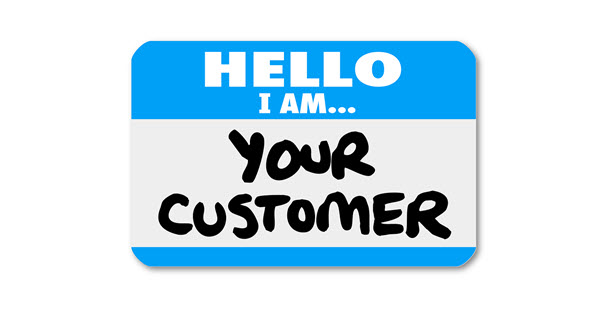 Your customer is critical. And from most project managers’ perspectives, that is the person sitting across from him at the table or the one on the other end of the phone on the status call. That’s right… that is the customer. But what about the customer’s ultimate end user? Where do they fit in? When is the end user part of the project? On many projects the end user is the one who needs the solution.
Your customer is critical. And from most project managers’ perspectives, that is the person sitting across from him at the table or the one on the other end of the phone on the status call. That’s right… that is the customer. But what about the customer’s ultimate end user? Where do they fit in? When is the end user part of the project? On many projects the end user is the one who needs the solution.
I ran across this quote and it troubles me – partly because it is often true and because we are all guilty sometimes of overlooking end users as a central point of reference and information for the project. Here it is… “A user is somebody who tells you what they want the day you give them what they asked for.” This can be taken to mean that the user often does a poor job telling us at first what they want and the gives us a better definition once the project is over and the solution doesn’t really meet their needs.
When end user input is lacking
For this article, I’m going to look at this from another perspective. This quote can also mean that the project was derived from the users’ wants/needs, created without their full input, and then handed to them only to find that it doesn’t really meet their needs – and they’ll tell you that. I’ve seen frustrated users before who are forced to use a newly deployed system that doesn’t really meet their needs…because they weren’t consulted when the requirements were being defined at a more detailed level leaving the company with a solution that doesn’t get them where they need to be.
From my experience, often the true end user is involved in the project only at these points:
- A need is expressed
- A developed and implemented system is handed to them to utilize
In my opinion, the end user should – at a minimum – be involved with the project at these points:
- Pre-engagement during business process definition
- Pre-engagement and early engagement during requirements definition and for some drill down to more detailed requirements
- Training on the solution
- User acceptance testing (UAT)
- Deployment, of course
The end user may be the real customer
The end user usually knows what they do on a daily basis inside and out. But their overall knowledge of the company’s business processes may be sorely lacking. They may even be performing some fairly mundane tasks within the organization. But they are critical tasks – otherwise there would be no project. In essence, the end user is the true customer – the one who will actually be using the solution. It is the organization’s responsibility, the subject matter expert’s (SME’s) responsibility, and the delivery team’s – if access is granted – responsibility to pry the right information from the final end user of the solution.
They can’t tell you how to develop the solution. They don’t always know how what they do relates to everything else that is happening within the organization. But they know their job and they know what frustrates them and what doesn’t seem to be working. It goes back to the concept that often the customer doesn’t really know what they want – it’s our job to ask the right questions so that we don’t end up developing a system that misses the mark.
Summary
There is no question that it is our job to deliver a workable end solution. Period. But how workable that solution is may likely be based on how well the end user can perform their jobs with that solution you deliver. Does it work? Does it work for them? Can they be successful with it? Don’t forget the end user… they are a very necessary component.



